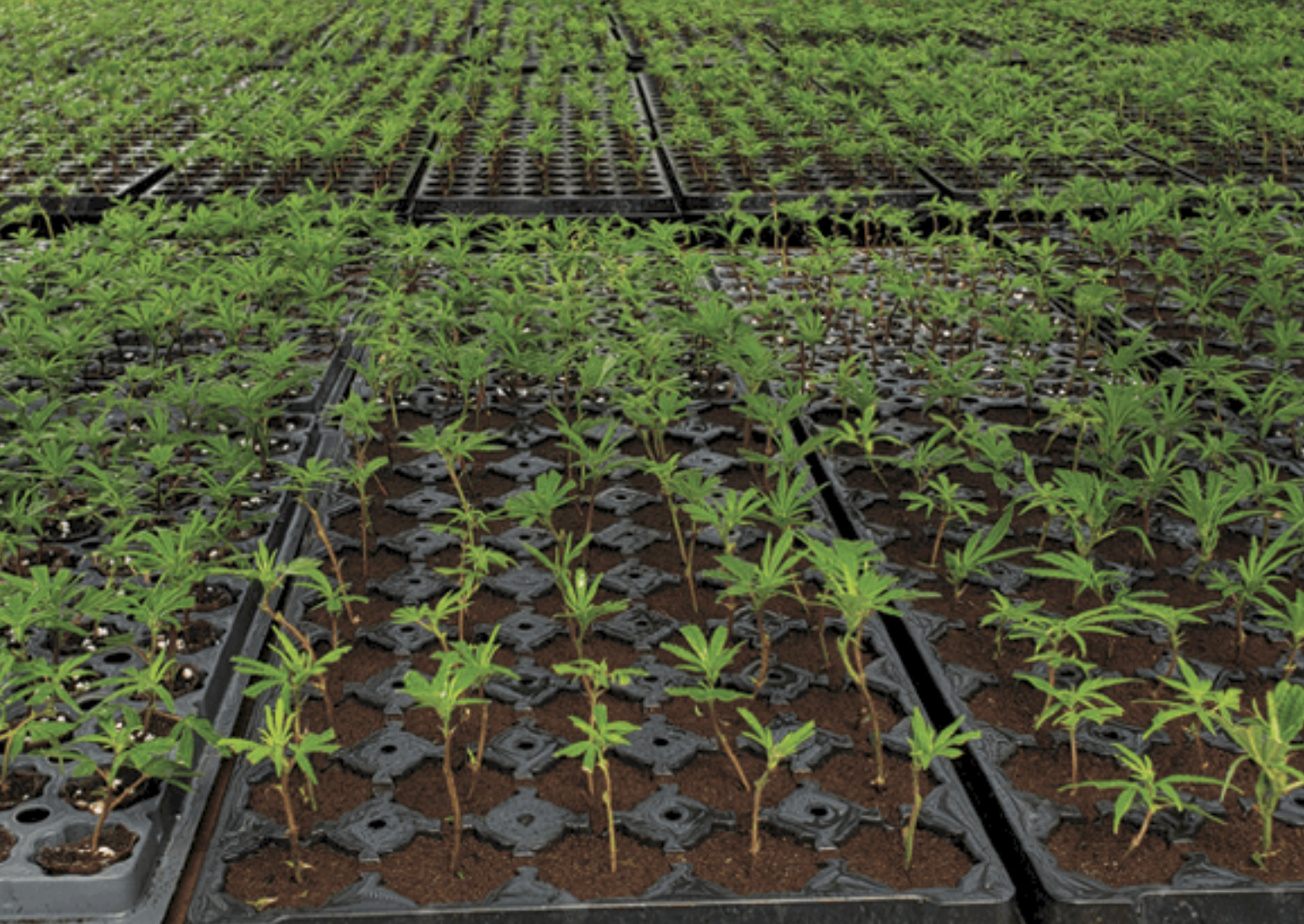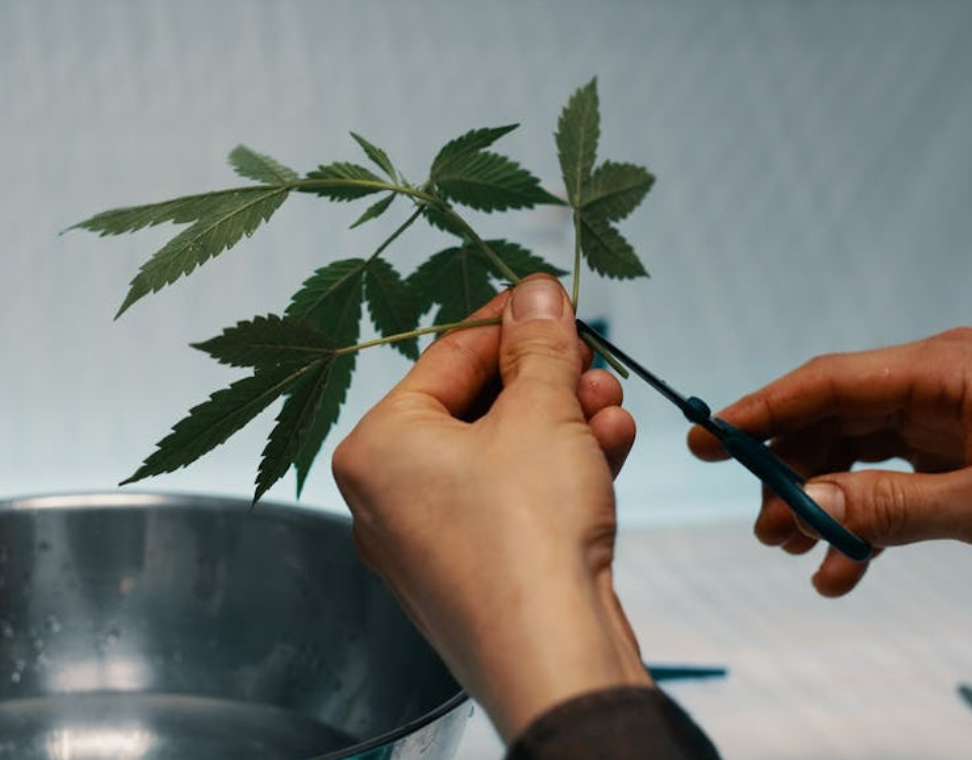How to clone a cannabis plant
Cloning cannabis plants is a common and effective method for reproducing desirable genetics and traits from a parent plant. Here's a step-by-step guide on how to clone a cannabis plant:
Materials Needed:
- Healthy and mature cannabis plant (parent plant)
- Clean, sharp scissors or pruning shears
- Cloning gel or rooting hormone
- Rockwool cubes or rooting plugs
- Humidity dome or plastic propagator
- Tray or propagation tray
- Spray bottle with water
- Grow lights or propagation lights
- Rooting solution (optional)
Step-by-Step Guide:
- Select a Healthy Parent Plant:
- Choose a mature cannabis plant with desirable traits, such as vigorous growth, high yields, or specific cannabinoid profiles.
- Prepare the Cloning Area:
- Set up a clean and organized workspace with all the necessary materials.
- Ensure your grow lights or propagation lights are ready to provide the appropriate light spectrum.
- Take a Cutting (Clone):
- Using clean and sharp scissors or pruning shears, take a cutting from the parent plant. Choose a branch with healthy growth and at least two sets of nodes (points where leaves meet the stem).
- Make a clean diagonal cut just below a node.
- Prepare the Cutting:
- Trim away the lower leaves, leaving only a few sets of leaves at the top.
- If using a rooting hormone or cloning gel, dip the cut end of the clone into the solution to promote root development.
- Insert into Rooting Medium:
- Insert the prepared cutting into a rockwool cube or rooting plug, making sure the cut end is fully covered and secured in the medium.
- Place in Humidity Dome:
- Place the clones in a humidity dome or plastic propagator to create a humid and controlled environment.
- Mist the clones with water using a spray bottle to maintain high humidity.
- Provide Light:
- Place the clones under appropriate grow lights or propagation lights with a 18/6 light schedule (18 hours of light and 6 hours of darkness per day).
- Monitor and Maintain:
- Keep an eye on the clones daily. Maintain high humidity within the dome by misting with water as needed.
- Ensure the clones receive the right amount of light and maintain a consistent temperature (around 72-75F or 22-24C).
- Root Development:
- After about 7-14 days, the clones should start developing roots. You can gently tug on the clone to feel for resistance, indicating root growth.
- Transplanting:
- Once the clones have developed strong roots (about 1-2 inches long), they are ready for transplanting.
- Transplant the rooted clones into small pots or your desired growing medium.
- Gradually acclimate the rooted clones to the regular growing environment if they were previously under a humidity dome.
- Provide the same care as you would for young seedlings, including proper watering, nutrients, and lighting.
Note: Cloning success rates can vary, and it may take some practice to perfect the technique. Consider experimenting with different rooting mediums and methods to find what works best for your setup and strain.
By following these steps and providing the right conditions, you can successfully clone your cannabis plants and replicate the genetics of your healthy and desirable parent plant.

Minnesota Cannabis Clones

